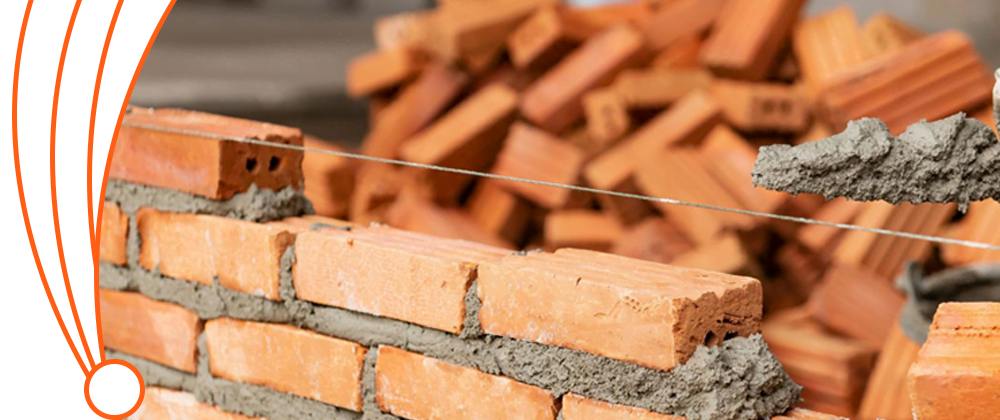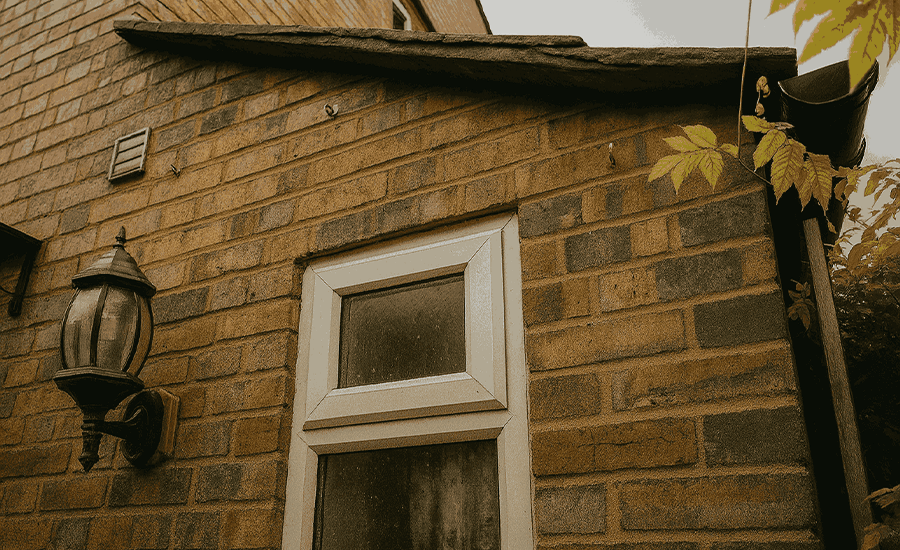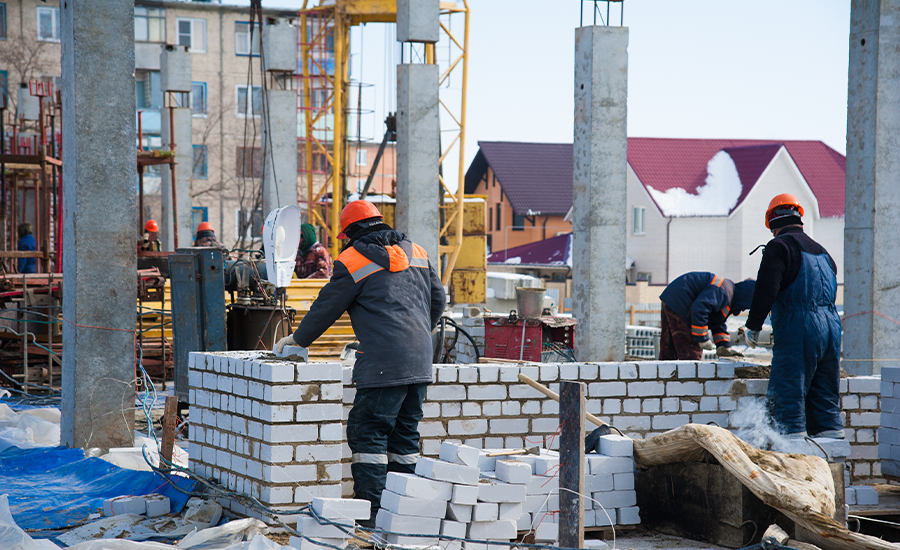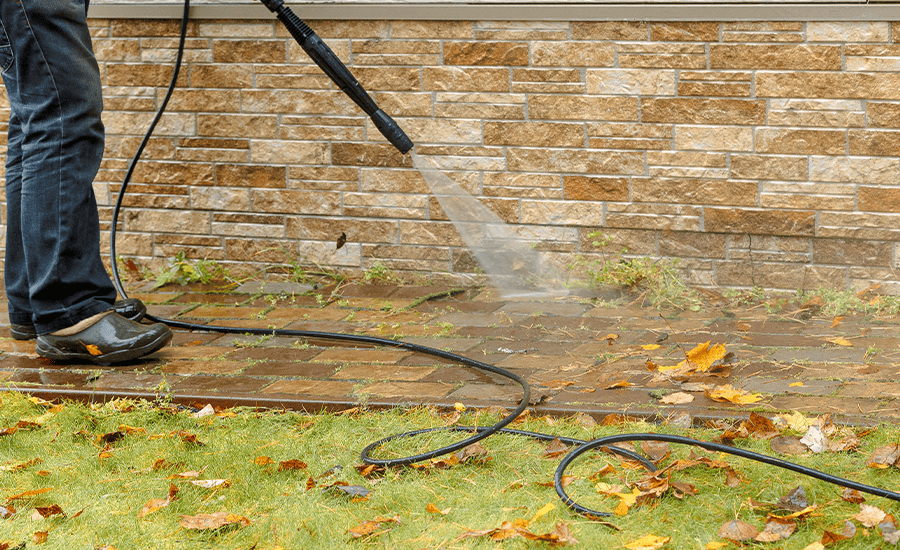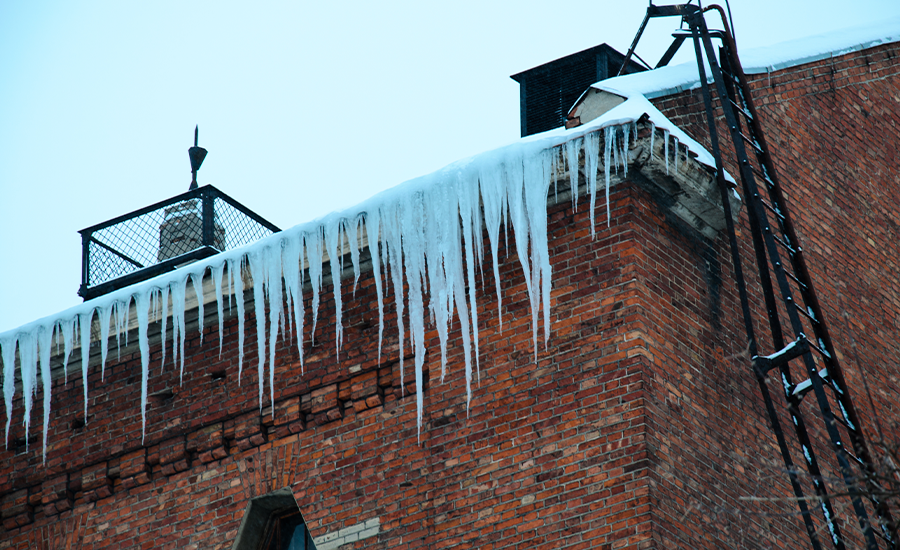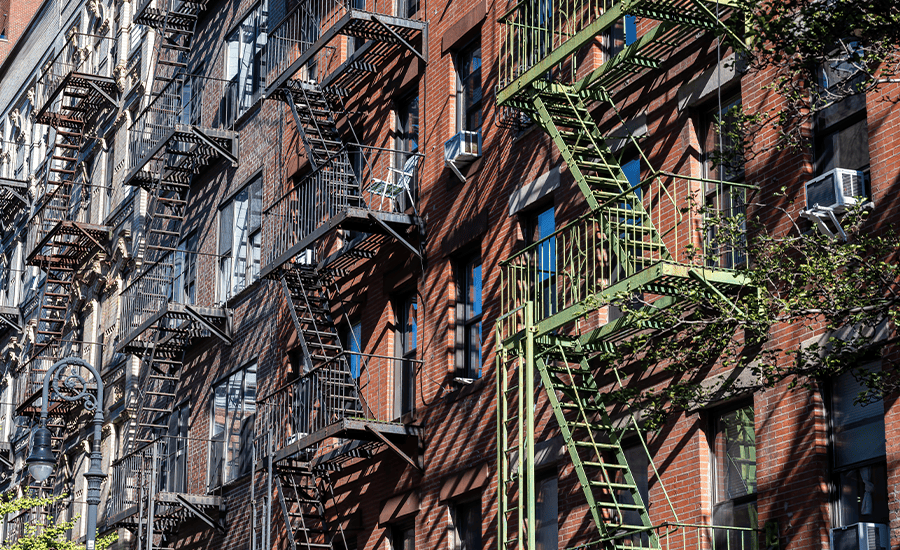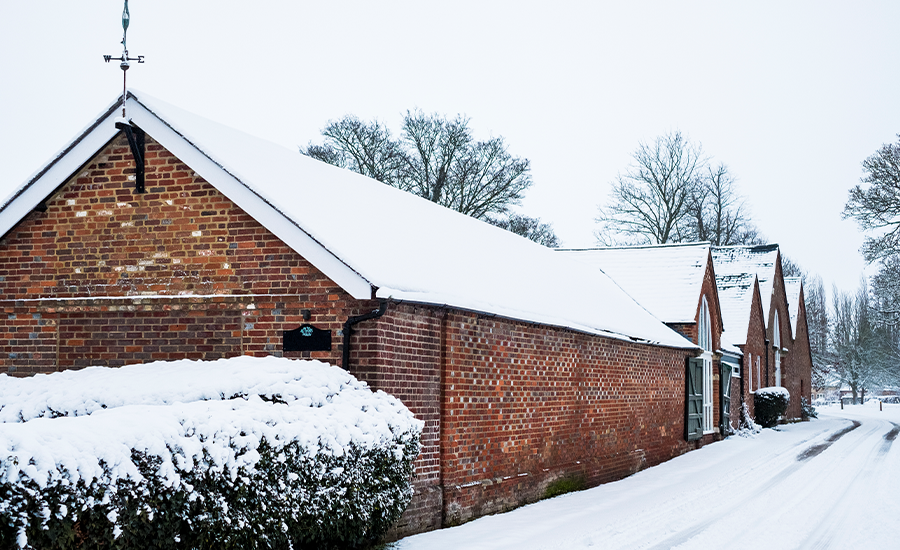Flush pointing is one of the most widely used techniques in masonry restorations, not just for its visually striking appearance but also for its excellent durability and strength. Whether it is a commercial building, residential property, or a heritage project, flush pointing plays a crucial role in sealing and protecting masonry joints. Repointing has the adhesion properties that make the joints properly sealed, but flush pointing adds durability by meticulously insulating the indoor spaces and providing strength, ensuring your building stands for decades.
In this blog, we’ll take a deep dive into the durability of flush pointing, its benefits, and the long-lasting impacts it has on masonry.
How Durable is Flush Pointing?
Flush pointing is highly durable, as its resilience depends on the following elements, which keep your masonry intact and away from water infiltration.
Material Strength and Bonding
The durability of flush pointing heavily depends on the type and quality of mortar used. Cement-based mortars typically provide high compressive strength and good bonding with masonry units if mixed correctly and applied to properly prepared joints. Flush pointing forms a firm seal that resists environmental wear and tear.
Resistance to Water Penetration
Flush pointing is particularly valued for its water resistance. Because the mortar is flush with the wall surface, there are fewer crevices for water to collect. This makes it an effective barrier against:
- Rainwater seepage
- Capillary action
- Frost damage in colder climates
Its weatherproof seal plays a vital role in keeping walls insulated. Discover how brick pointing enhances wall insulation.
Performance Under Weather Conditions
Flush pointing is durable under a wide range of environmental conditions, including:
- Rain and humidity: It limits moisture ingress.
- Heat and sunlight: UV exposure can cause surface degradation over extended periods, but a well-mixed mortar resists this.
- Frost cycles: Properly executed flush pointing resists freeze-thaw damage if water can’t penetrate the joint.
In addition to weather resistance, proper repointing adds to the structural strength of the wall. Understand more about how brick repointing contributes structurally.
Benefits That Enhance Durability
Let’s examine the long-term benefits of flush pointing, which enhances the durability and strength of your masonry.
Low Maintenance
Flush pointing requires minimal upkeep if applied correctly. The smooth finish prevents dirt, moss, and water from settling, contributing to a longer lifespan and fewer repairs.
Structural Integrity
By sealing the joints completely, flush pointing improves wall stability. It protects the underlying bricks or stones from shifting or loosening due to environmental stressors.
Adaptable Across Materials
Flush pointing can be used on a variety of masonry units, such as:
- Burnt clay bricks
- Concrete blocks
- Natural stones
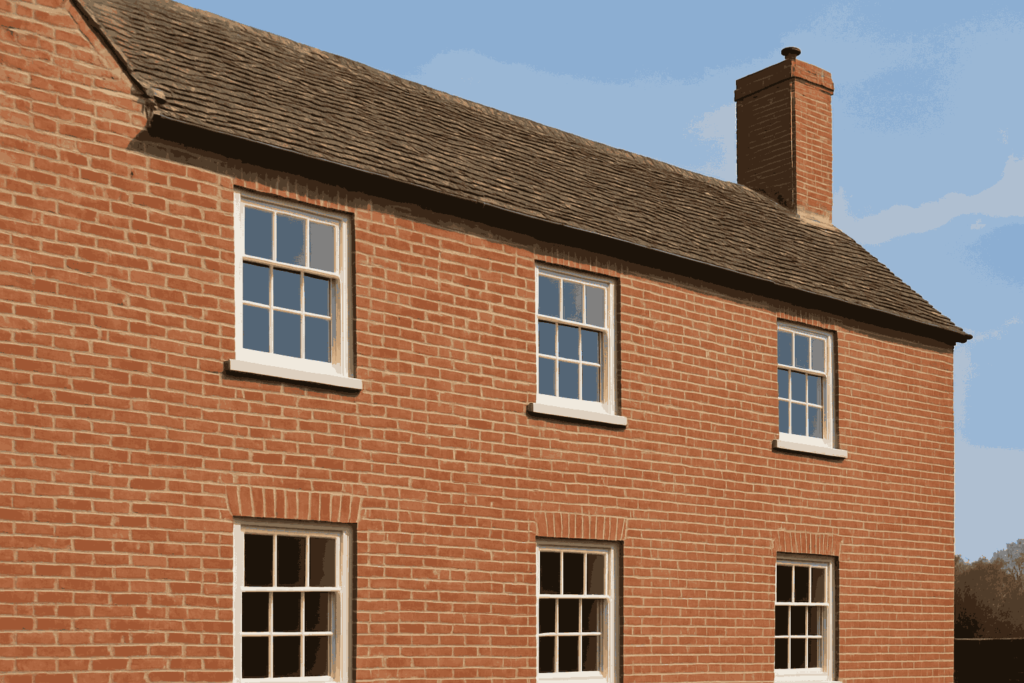
Ensuring Long-Lasting Flush Pointing
Here are a few professional tips to enhance the durability of flush pointing:
Use the Right Mortar
Ensure the mortar mix is compatible with the masonry units. Lime-based mortars are more breathable for older buildings, while cement-based ones offer greater strength.
Prepare the Surface
Remove all loose material, dust, and moisture before pointing. The joint surface should be slightly damp but not wet, as this helps with bonding.
Apply in Proper Weather
Avoid pointing in extreme heat, cold, or rain. Ideal conditions allow the mortar to set slowly and evenly.
Finish the Joints Smoothly
Ensure that joints are compacted and leveled without overworking the surface. Use appropriate tools to press the mortar in and create a clean finish.
The precision in joint finishing directly relates to its durability. Here’s a full step-by-step process for flush pointing to guide the proper method.
Allow Adequate Curing
Protect the fresh mortar from direct sun, wind, or rain. Covering with wet burlap or curing sheets can improve strength and life.
Final Thoughts
Wrapping up the blog, yes! Flush pointing is durable, as its strength acts as both a moisture barrier and a sealant for mortar joints. Flush pointing is ideal for both residential and commercial properties, as it provides durability and resilience to the masonry. Flush pointing is considered the most low-maintenance and high-performance technique for masonry protection.
Before choosing flush pointing for your project, you may also want to explore its advantages and disadvantages in detail.
Sardar Restoration Corp. proudly serves every corner of NYC, including the Bronx, Manhattan, Brooklyn, Westchester, and Queens. Our services are designed to meet your needs, providing top-quality solutions wherever you are. Check our service areas to see how we can assist you in your location.
Contact us today at (+1) 917-355-8556 or sardarrestoration@gmail.com, or visit us at 2770 Fish Ave, Bronx, NY 10469, United States.
FAQs
Do you offer flush pointing for both residential and commercial buildings?
Yes! Sardar Restoration Corp. offers flush pointing services for both residential and commercial buildings in Queens.
How do I know if my building needs repointing?
If you see any of the following signs in your masonry, make sure to contact Sardar Restoration Corp. ASAP.
- crumbling mortar
- gaps between bricks
- water stains
- Visible cracks
How long does flush pointing take to complete?
The completion of flush pointing projects typically takes place within a week, but this timeframe depends on the project’s complexity, the extent of the damage, and its size.
Do you provide a warranty or guarantee?
Yes! Sardar Restoration Corp. provides lasting warranties for flush pointing services, covering both materials and craftsmanship.
